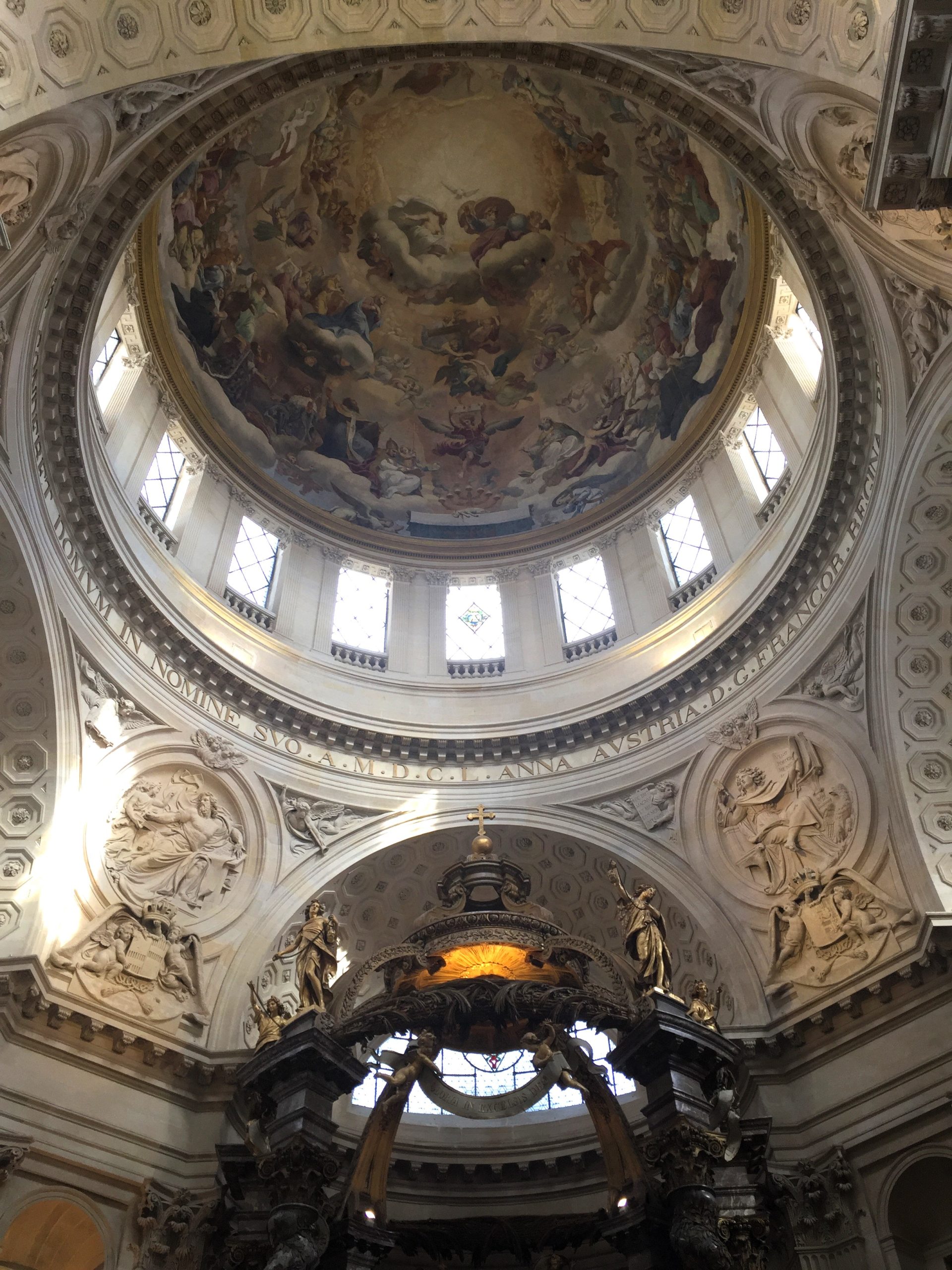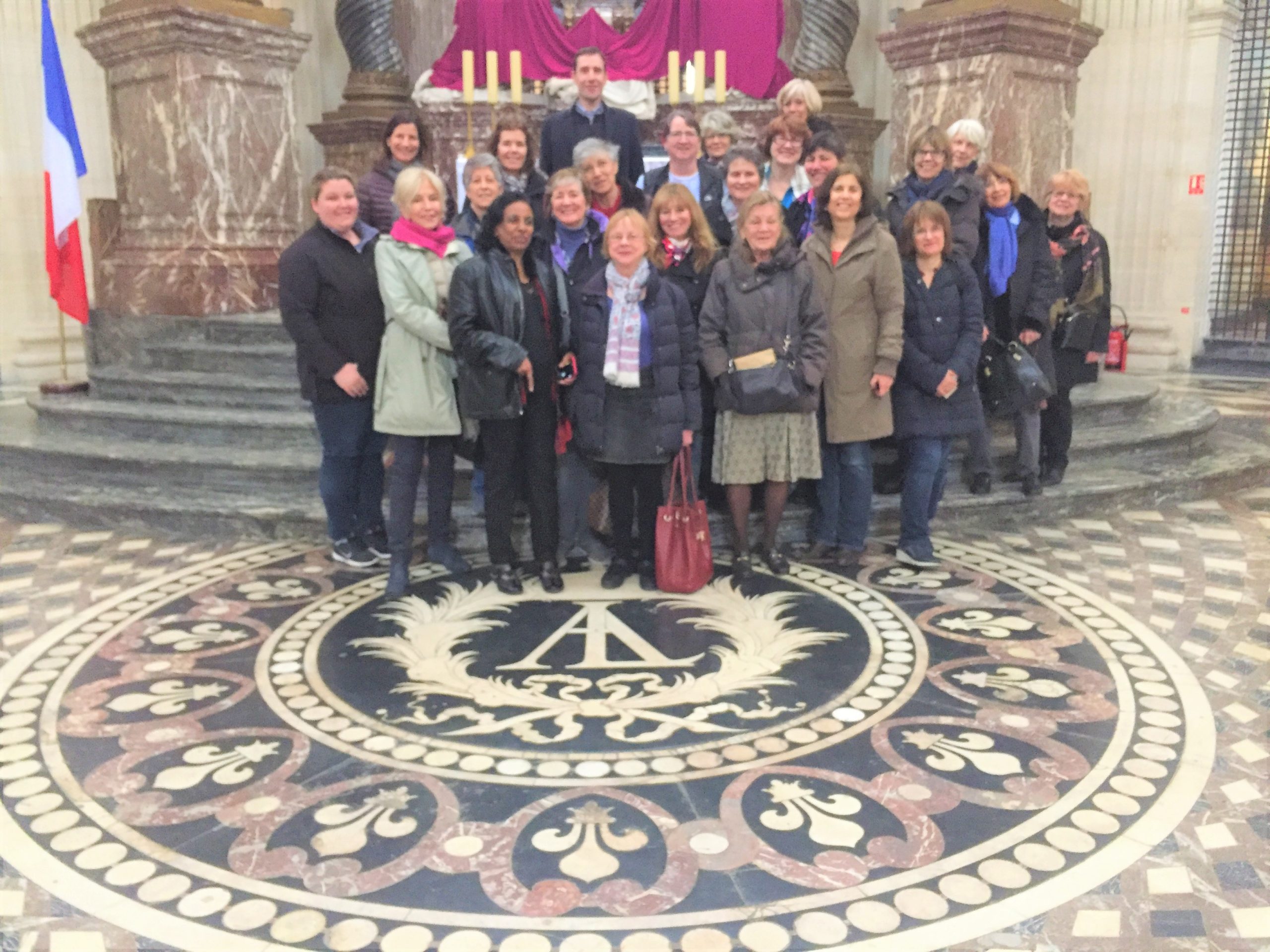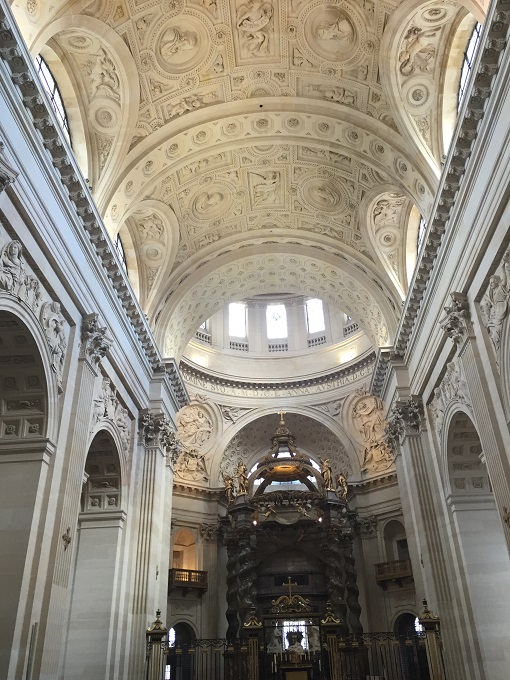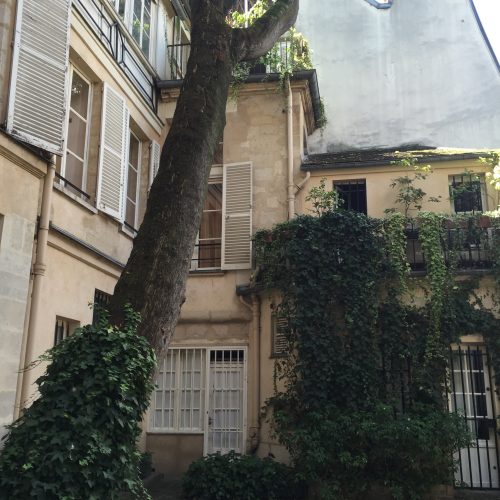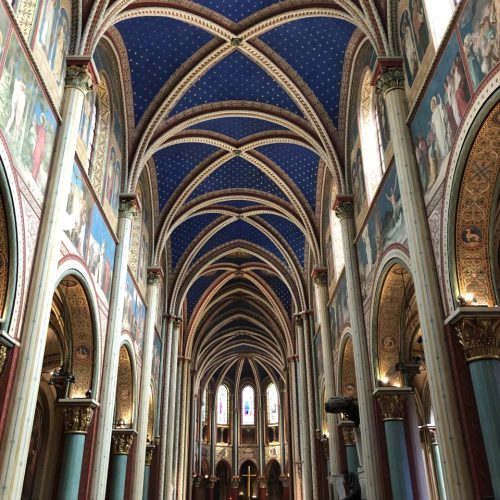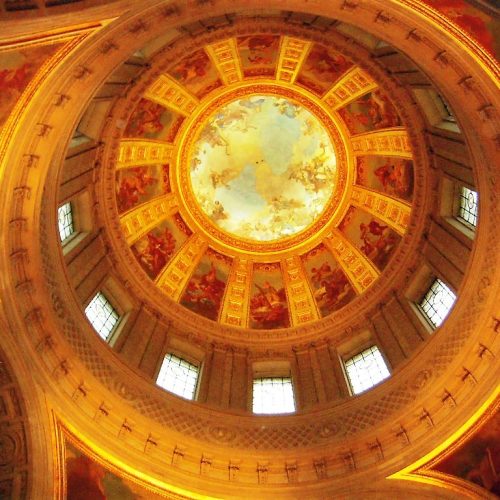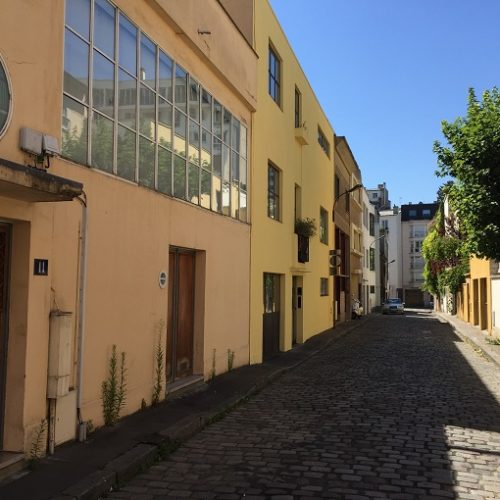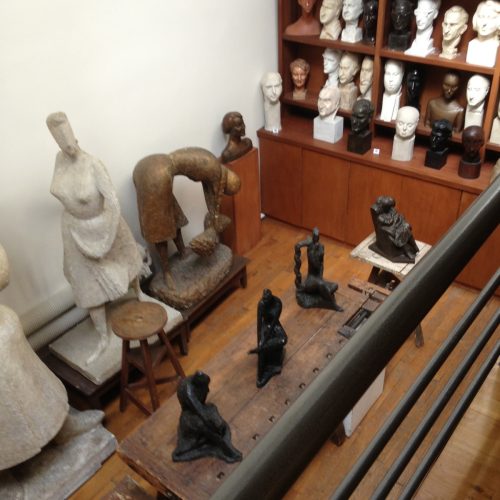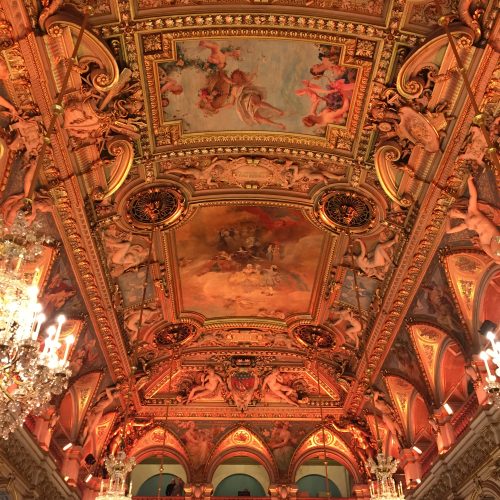The tour will introduce the abbey of the Val-de-Grâce, built in the middle of the XVIIth century by Queen Anne of Austria to thank God for her son Louis XIV’s birth. Since the Revolution, the abbey has been transformed into a military hospital. Inside the sumptuous church: many sculptures or paintings by Philippe de Champaigne and the beautiful Saint Anne chapel where the Queen was buried. The history of medical military service museum is located in the historical part of the building, around the magnificent cloister.
Val de Grace church
Description
Val de Grâce church
Practical informations
- Location : 277, rue Saint Jacques (RER B Port Royal)
- Duration : 2h
- Walking tour
- Private group tour: 250€ + museum ticket (5€)
- Small group (up to 8 people) 40-70€ pp + museum ticket (5€)
A historic site, the Benedictine abbey, transformed into a military hospital in 1793, and thus preserved from the revolutionary destructions, was built on the XVII Century. It results from the wish of Queen Anne of Austria, thanking this way the birth of Louis XIV. Its realization is the result of the work of several famous architects such as François Mansart or Jacques Lemercier.
The church symbolizes the nativity and is the most sculptured church of France. It is also the most exhaustive example of the French Baroque art with an amazing preserved baldachino and high altar. On top of it, the cupola holds the splendid and beautifully restored fresco by Pierre Mignard.
The magnificent benedictine cloister has now been restored and shows the history of the French military medical service, especially during war periods.
The participation of the Army’s Health Service in the civil domain is recalled since the XIX century, by its human actions, its care for the population, the creation of medical schools or Pasteur Institutes and the fight against the big diseases. The Army’s Health Service has also a vast experience in the progress of hygiene. Its experience is predominant in the fight against metropolitan or exotic infectious diseases like typhoid, the plague, malaria…
The visitor can also admire the superb collection of pharmacy objects. It is fitted out in the old kitchens of the Benedictine nuns and gathers Italian and French pieces of earthenware, ceramics, instruments of medicine and mortars. The splendid collection of 103 mortars is one of the most prestigious worldwide. It shows objects of the ancient Egypt to our days.

